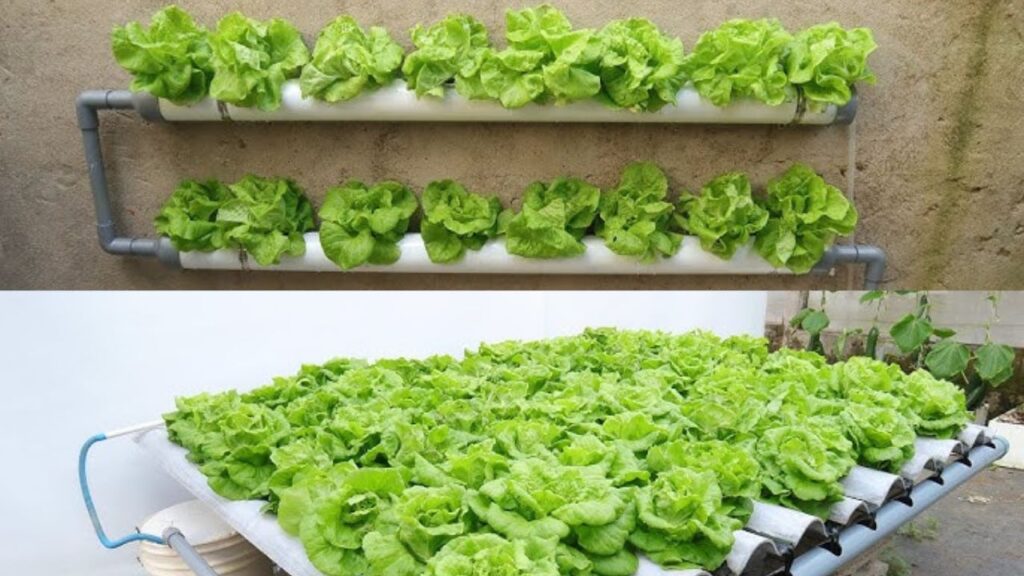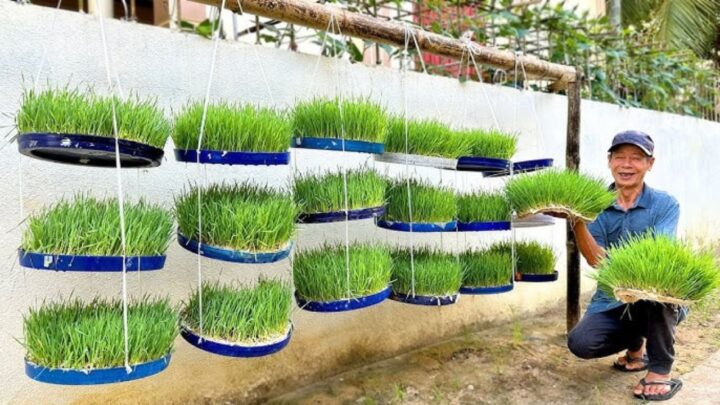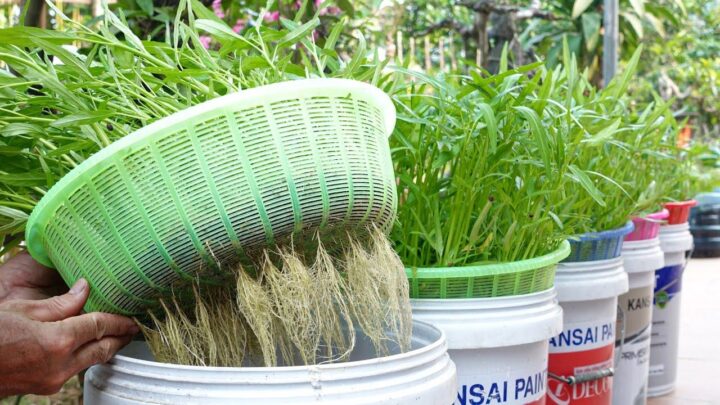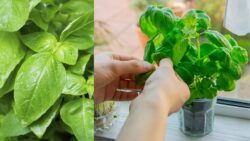Grow Vegetables on Your Roof – Growing vegetables on your roof has become one of the most exciting urban gardening hacks. With this innovative soil-free and water-saving technique, you can enjoy fresh, organic vegetables right at home — even if you live in a city apartment or have no backyard space!

Discover the Magic of Rooftop Gardening Without Soil
The idea of growing vegetables without soil might sound impossible, but it’s completely real. Modern hydroponic and aeroponic methods allow plants to thrive using nutrient-rich water mist or biodegradable grow mediums instead of soil. These systems recycle water efficiently, meaning there’s almost no need for daily watering. You can grow everything from tomatoes to leafy greens effortlessly using this simple rooftop setup.
Benefits of Growing Vegetables on Your Roof
Urban rooftop gardens not only save space but also help you live a sustainable lifestyle. Here are some of the biggest advantages:
- No soil required – Perfect for city homes with concrete roofs.
- Zero daily watering – The system reuses moisture automatically.
- Year-round harvests – Controlled environment ensures continuous growth.
- Eco-friendly living – Reduces food miles and promotes green rooftops.
- Cost-effective gardening – Minimal maintenance with maximum results.
This method is not just practical — it’s also incredibly rewarding to see lush greens thriving above your home!

Step-by-Step Guide to Grow Vegetables on Your Roof
- Step 1: Choose the Right Container
Start by selecting sturdy, lightweight containers or grow trays suitable for rooftop use. They should have proper drainage holes and enough space for plant roots to expand. If you’re using a hydroponic setup, opt for containers that can hold the nutrient solution without leaking.
- Step 2: Select a Growing Medium
Instead of soil, use coconut coir, perlite, or hydroton pebbles. These materials support root growth and help retain the perfect level of moisture. They’re also lightweight, making them ideal for rooftop gardens where weight needs to be minimized.

- Step 3: Set Up the Water System
Install a simple drip irrigation or hydroponic pump system. It circulates nutrient water, ensuring your plants get everything they need without manual watering. You can even automate the pump with a timer for effortless maintenance.
- Step 4: Mix and Add Nutrient Solution
Use a balanced hydroponic nutrient mix rich in nitrogen, potassium, and phosphorus. Dilute it in water according to the instructions, and fill your system. This mix replaces soil nutrients, helping plants grow faster and healthier.
- Step 5: Choose the Right Vegetables
Some of the easiest rooftop vegetables to grow without soil are lettuce, spinach, basil, cherry tomatoes, and peppers. They thrive in hydroponic systems and don’t require deep root space. Start small, then expand as you gain experience.
- Step 6: Monitor and Maintain the System
Check water levels and pH weekly to keep your plants healthy. Make sure they receive enough sunlight (at least 5–6 hours daily). Trim leaves regularly to encourage new growth and prevent overcrowding.
Extra Tips for a Successful Rooftop Garden
- Use shade nets during extremely hot days to protect delicate plants.
- Install a lightweight waterproof layer under your containers to avoid roof damage.
- Harvest vegetables regularly to encourage new growth.
- Clean the hydroponic system monthly to prevent algae buildup.
- Use companion planting to naturally repel pests without chemicals.
FAQs
Can I grow vegetables on any type of roof?
Yes, as long as your roof is strong, waterproof, and gets plenty of sunlight. Flat roofs are ideal for setting up lightweight containers or hydroponic systems.
Do hydroponic systems need electricity?
Some systems use small pumps that need minimal power. You can even run them on solar energy, making your rooftop garden completely eco-friendly.
Which vegetables grow fastest in a soil-free setup?
Leafy greens like lettuce, spinach, and herbs grow very quickly and are perfect for beginners. They require little maintenance and yield fresh harvests every few weeks.
Is it expensive to start?
Not at all. You can start small with DIY containers and affordable hydroponic kits. The long-term savings on groceries easily cover the initial setup cost.
Growing vegetables on your roof is more than a trend — it’s a lifestyle shift towards sustainability and freshness. With this genius trick, you can enjoy organic produce, save water, and create a green oasis right above your head. Start today, and your rooftop could soon become your favorite garden in the sky!





